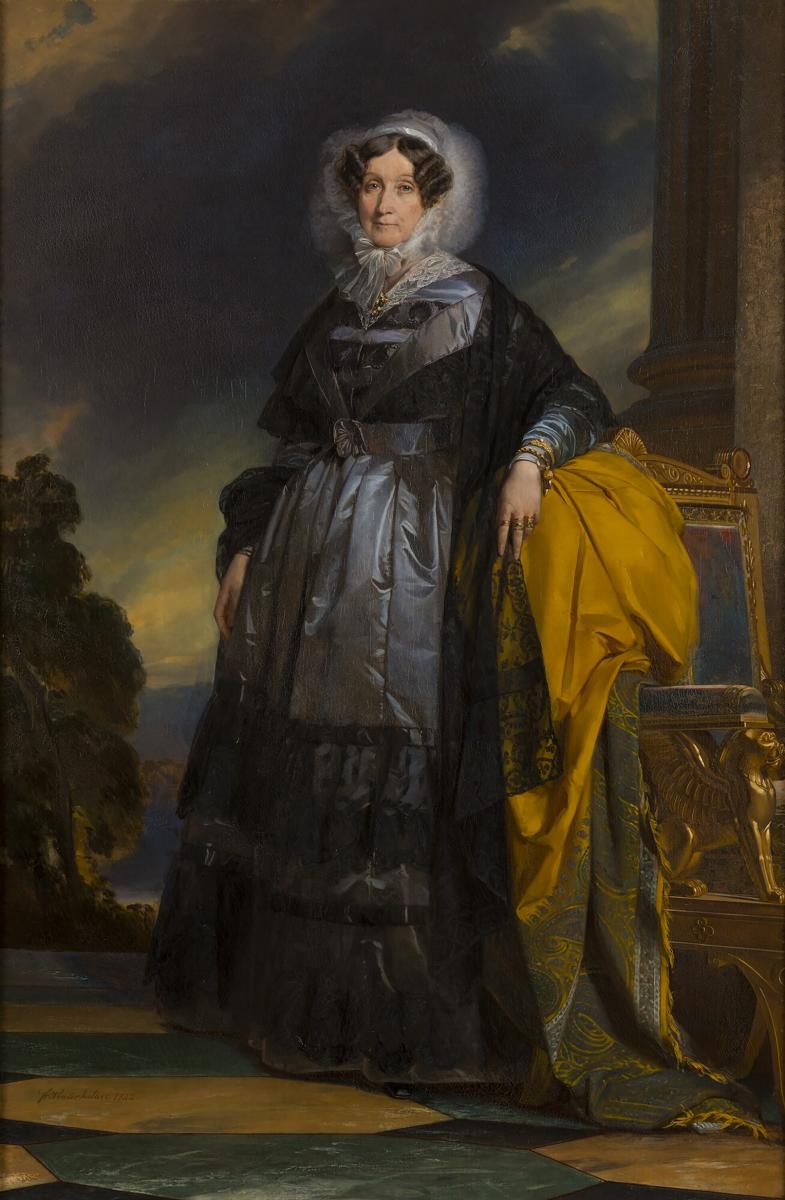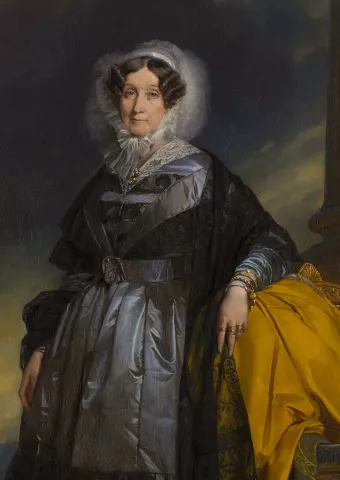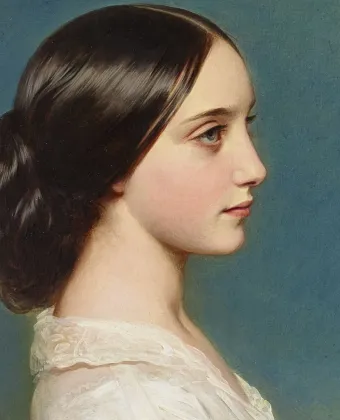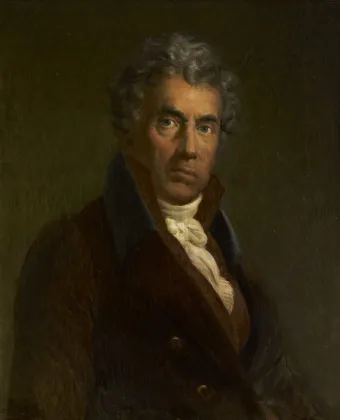Adélaïde d’Orléans
Adélaïde d’Orléans was raised in a convent house in Rue de Bellechasse in Paris, not far from her brothers, under the care of Madame de Genlis who taught her music. She was a talented harpist all her life.
During the Revolution, Louis Philippe, who was fighting in the Revolutionary Army, helped her and her governess leave Paris in 1793 and flee abroad, before crossing the border himself in April 1793, leading to his arrest and that of his sons. After arriving in Switzerland they were pursued by the first wave of emigrants and Adélaïde was moved from convent to convent in Switzerland and Germany before joining her mother in Spain in 1802.
Adélaïde and her brother
She did not see her brother again until 1809, when he married Marie-Amélie de Bourbon-Sicile in Palermo. From then on the two siblings were inseparable and Adélaïde devoted herself to her brother’s cause. Her presence soon became constant and non-negotiable for her sister-in-law…
Madame Adélaïde

Louise Marie Adélaïde Eugénie d'Orléans, Mademoiselle de Chartres, known as Madame Adélaïde
Winterhalter, Franz-Xaver
1842
© Château de Versailles, Dist. RMN / © Christophe Fouin
When she returned to Paris during the Bourbon Restoration in 1814, Adélaïde was referred to as “Mademoiselle” and then, in 1819, “Mademoiselle d’Orléans” to differentiate her from the new “Mademoiselle”: the eldest daughter of the Duke of Berry. After her brother’s ascension to the throne in 1830, she was known as “Madame Adélaïde”. Adélaïde’s passion for politics caused her to become her brother’s unofficial counsellor from 1830 until her last breath in 1847. They met every evening, discussing affairs of State and private matters for hours on end.
The July Monarchy only lasted a few weeks after her death on 31 December 1847. It was overturned by another revolution on 24 February 1848.















